How Hospitals Stay Comfortable, Clean, and Safe — Thanks to Smart Sensors
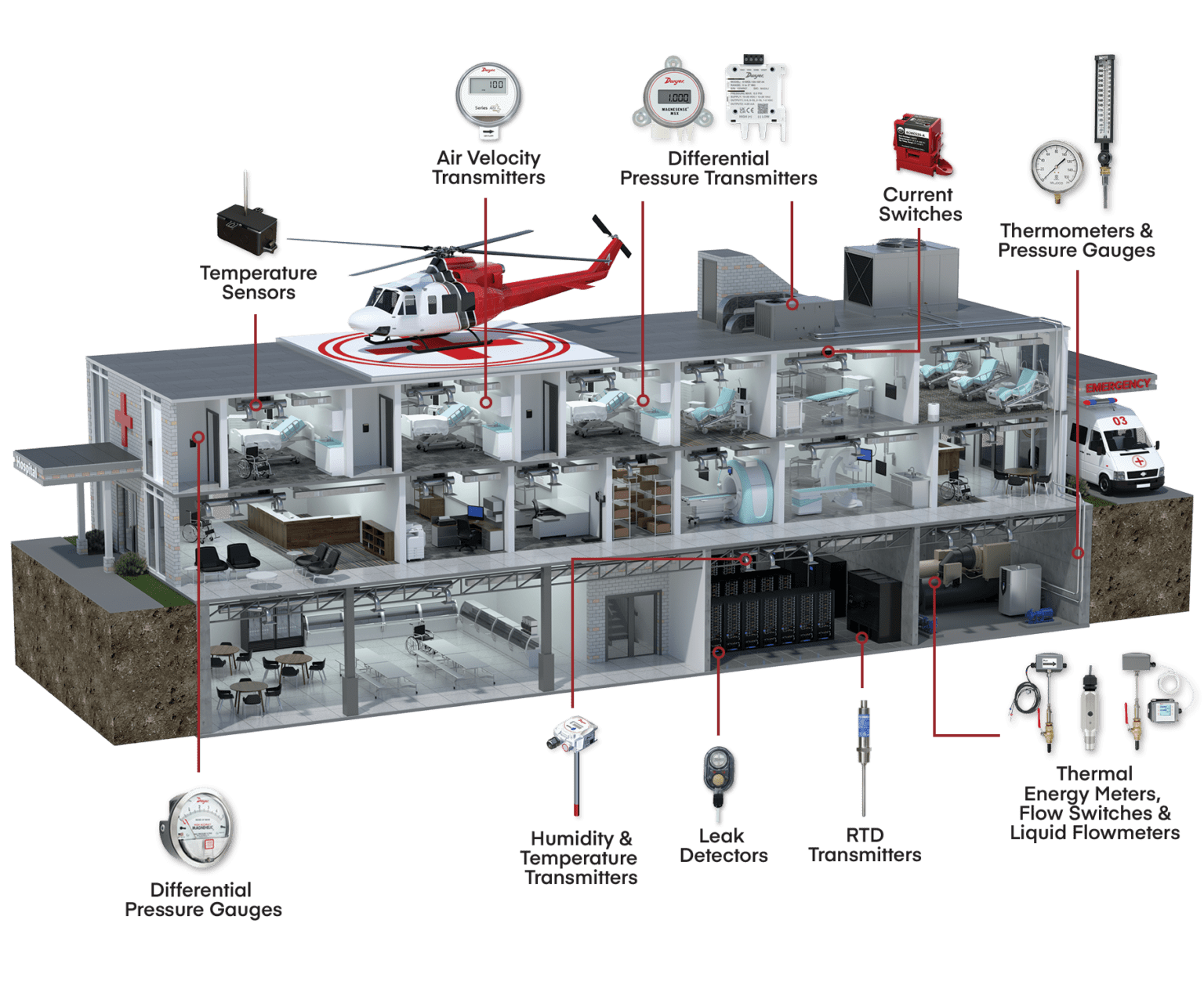
As you walk into a hospital, you probably notice the cool air, bright lighting, and clean environment. But what you don’t see is the complex system quietly working behind the scenes to make sure everything stays just right — especially the air you breathe.
In healthcare settings, indoor air quality (IAQ) isn’t just about comfort — it’s about safety. Clean, well-regulated air helps protect patients, visitors, and staff from airborne diseases, mold, and discomfort. That’s where DwyerOmega products come in.
Our sensors and transmitters are used in hospitals around the world to monitor and control temperature, humidity, airflow, and more. Here’s a quick look at some of the solutions making a difference in patient rooms, operating suites, and hallways.
🌡️ Temperature & Humidity Sensors
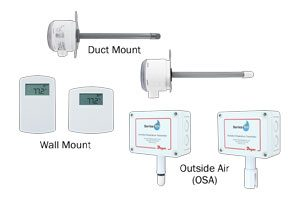
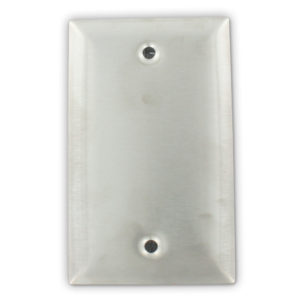
Maintaining the right temperature and humidity levels isn’t just about keeping people comfortable — it also helps reduce the spread of illness and prevents mold.
- Series RHP-E/N, RHPLC & RHP-D
These sensors measure both temperature and humidity, with options for wall or duct mounting. They’re versatile, accurate, and use reliable sensing technology to keep environments stable. - Series TE, TE-WSS & TE-E/N
Available in duct, wall, or immersion mount styles, these sensors track air and water temperature across various hospital systems. They’re essential for monitoring ambient room conditions or mechanical systems like air handlers.
🌬️ Carbon Dioxide (CO₂) & Air Quality Sensors
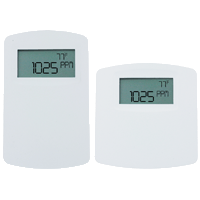
Good air quality means more than just clean air — it also means making sure there’s enough fresh air circulating, especially in rooms with limited ventilation.
- Series CDT & CDTR
These measure CO₂ and temperature, helping hospitals save energy while keeping air fresh. The CDTR model adds humidity sensing to cover even more bases. - Series CDTA
This all-in-one option tracks CO₂, humidity, temperature, and even allows for manual override. It integrates easily with building systems via Modbus® or BACnet. - Series CDTV
Need to track odors, fumes, or chemicals? The CDTV measures both CO₂ and volatile organic compounds (VOC), making it great for detecting poor air quality in low-use areas.
💨 Air Velocity Transmitters
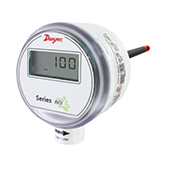
Hospitals have strict air circulation requirements, especially in isolation rooms. The air must be replaced several times per hour to keep it clean and safe.
- Series AVUL & AVLV
These devices measure how fast air is moving. They help ensure proper airflow rates and can be connected to hospital building systems for continuous monitoring.
Why It All Matters
Whether it’s reducing the spread of infection or ensuring patient comfort, hospitals rely on precision — and DwyerOmega sensors deliver just that. From air quality to temperature, every detail counts when it comes to creating a safe, efficient healthcare environment.
Looking to improve IAQ in your facility? Talk to our friendly Product Specialist today! Our solutions are designed to support a healthier, more sustainable world!



